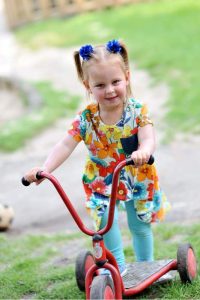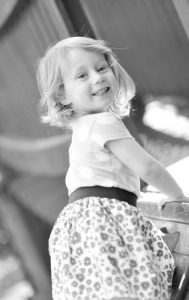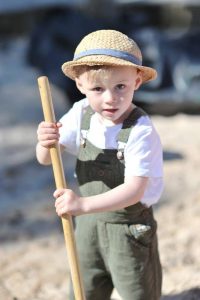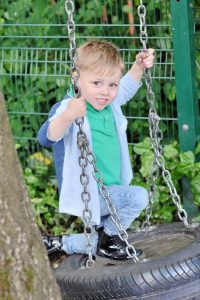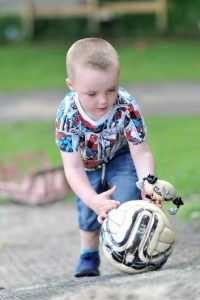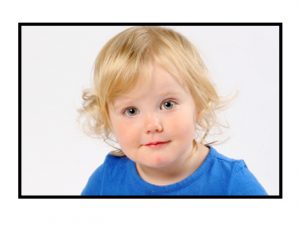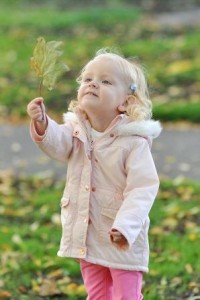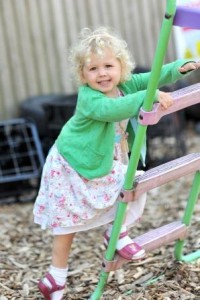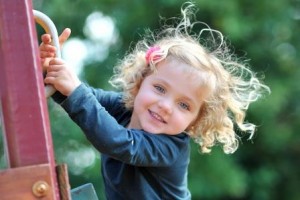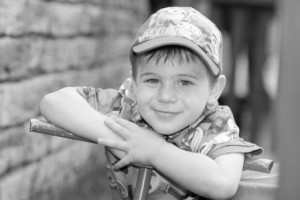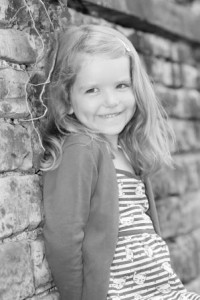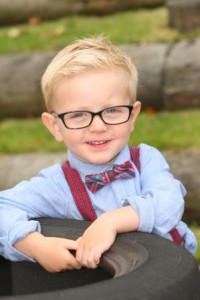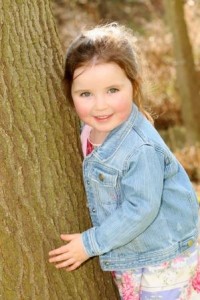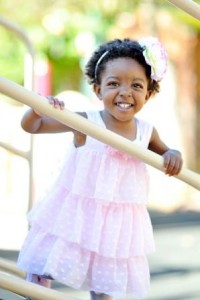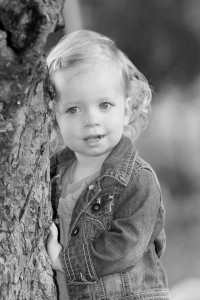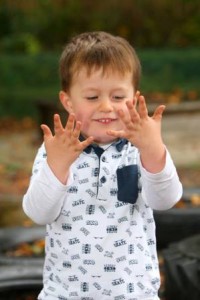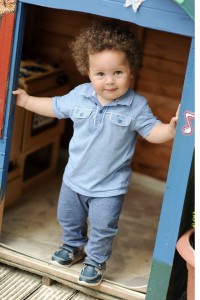Photography in the early years
Do let your preschoolers spend some time behind the lens…
Children are growing up in a world where image capture is everywhere, but while pictures of children working, playing and sharing their achievements have become a large part of how we record their progress, both at home and nursery, We should encourage them to join in. Photography is a fabulous, instant, creative medium that can help children to express themselves and produce some fantastic and unexpected artwork.
It’s an excellent way of delivering content for Understanding the World and Expressive Arts and Design, so why not have a go in your setting?
Getting started
When it comes to cameras, sturdy and simple is what you’re after – options advertised as being ‘for kids’ often comprise a low-quality camera. Look for a model that will withstand a few knocks and allow some manipulation of settings.The fujifilm Finepix xp80 , for example, features models that are a good size, brightly coloured and very robust, making them a good choice.
We use Canon 1d’s for work but..WOW are they heavy! So for my pocket camera for the family occasions I use FujiFilm XF1 Which is a great compact camera with Manual zoom..just for fun, However the XP range is a tough camera.
Here are some more practical considerations to keep in mind once you have your cameras ready for the children:
A little help may be needed for tiny fingers and fine motor skills – keeping still is tricky when you’re excited about something! Taking a deep breath and holding it while the photo is taken can sometimes help – as long as the children breathe out straight away afterwards!
Fingers can easily get in the way of lenses, so help children find a comfy way of holding the camera that keeps their hands tucked away.
Make sure that the children have the wrist strap firmly fastened – cameras are rugged but they’re not completely unbreakable!
A grasp of a few of the basic functions, which you can preset for the children, is all you need to get some great results.
Macro: generally a button with a small tulip-shaped icon. This is ideal for younger children as they like to get close up to everything. Macro lets you take a good, well-focused photo from about 10 cm away, without the need for zooming in.
Portrait: usually found within the camera’s shooting menu, this uses the best camera settings for taking pictures of people – something children love to do.
Landscape: represented by a mountain range icon, this helps to get everything in your photo in focus, and is therefore great for taking photos of buildings, gardens and play areas.
Once you’ve set the camera up, you’re ready to hand over to your fledgling photographers!
Practical ideas
1 Colours, textures and pattern: a great use for the macro setting! Get your children looking for colours around them. Have a wander outside and get close up to things of a different colour – encourage them to fill the screen with red from the climbing frame or green from the grass!
2 Water: Reflections are fun to capture, as are splashes, If it’s very rainy, use the macro setting to capture raindrops on the window – what can the children see in the tiny drops?
3 Allowing your children to take photos of the things that are important to them and then talking about it is a great way of sharing their everyday experiences.
4 Seasons: Weather changes are always great to capture – get outside and snap those dewy cobwebs using the macro setting, a garden full of autumn leaves on landscape, a fallen leaf held up to the sun, or frost and snow on the slide. Using the camera helps the children to look more closely at the different effects of our climate, and can produce some wonderful photographs.
5 Light painting: Always a winner with children, if you have a very dark room – a cupboard will do – and a few torches, your preschoolers can create some amazing images! Making sure the flash is turned off and the camera set to a Night setting should enable your children to take photos with the shutter open for up to three seconds. Get one or two children to wave torches around (small coloured glow sticks LED torches are perfect for this) in your dark cupboard whilst another takes a photo – the results are a definite wow moment! The photographer doesn’t even have to hold the camera still for this one, as there’s lots of movement anyway!
The sooner we can teach our children how to be responsible and creative photographers, the better! Helping children to share their photography is easy too…Have your own mini exhibition. Children are so used to seeing pictures on screen. Your little ones (and their parents) will love it!
Have fun
Hopscotch Photography
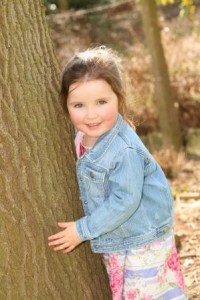
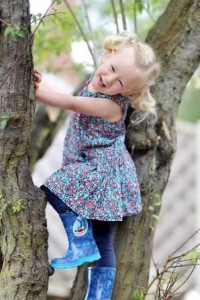 Forest Schools in the UK may seem a fairly new movement. In reality it is based on a rich heritage of outdoor learning going back at least to the 19th century.
Forest Schools in the UK may seem a fairly new movement. In reality it is based on a rich heritage of outdoor learning going back at least to the 19th century.

